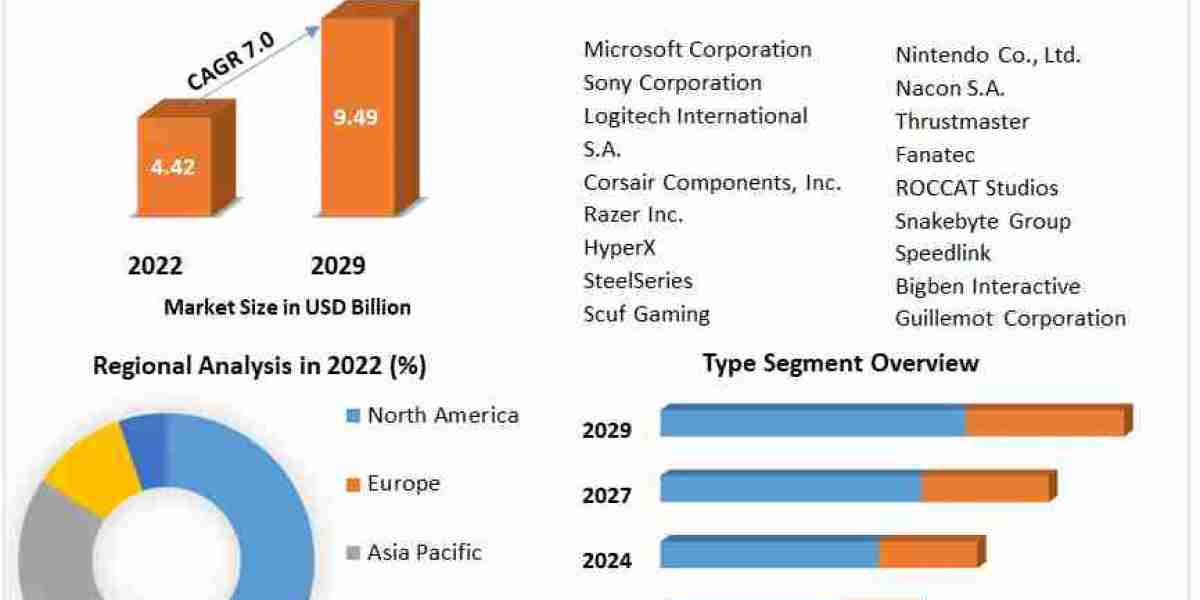The Middle East and Africa flexitank market, a vital segment of the global packaging and logistics industry, has seen significant growth and evolution in recent years. Flexitanks are flexible, collapsible tanks designed to transport large volumes of liquids, primarily used in bulk liquid shipping. They offer an innovative and cost-effective alternative to traditional shipping methods, such as drums and IBCs (Intermediate Bulk Containers). This article delves into the current state of the Middle East and Africa flexitank market, examining key trends, drivers, challenges, and future prospects.
flexitank market Size was valued at USD 0.9 Billion in 2022. The Flexitank industry is projected to grow from USD 1.1 Billion in 2023 to USD 5.6 Billion by 2032, exhibiting a compound annual growth rate (CAGR) of 22.30% during the forecast period (2023 - 2032).
Market Overview
Flexitanks are primarily utilized for the transport of non-hazardous liquids such as beverages, chemicals, and food-grade liquids. The market for flexitanks is driven by the increasing demand for efficient and sustainable bulk liquid transportation solutions. According to industry reports, the global Middle East and Africa flexitank market was valued at approximately USD 1.2 billion in 2023 and is expected to grow at a compound annual growth rate (CAGR) of around 6% through 2030.
Key Drivers of Market Growth
Cost Efficiency: Flexitanks offer a cost-effective solution compared to traditional packaging methods. They provide a lower cost per unit of liquid transported, thanks to reduced shipping and handling expenses. The ability to use standard shipping containers and the absence of return logistics for empty tanks further enhance cost savings.
Environmental Benefits: Flexitanks are more environmentally friendly than many conventional packaging methods. They generate less waste, are made from recyclable materials, and reduce the carbon footprint associated with transportation. The increased focus on sustainability and green practices in logistics has driven the adoption of flexitanks.
Growing Demand for Bulk Liquid Transport: The rise in global trade and the increasing demand for bulk liquids in various industries, including food and beverage, chemicals, and pharmaceuticals, have spurred the growth of the Middle East and Africa flexitank market. Flexitanks are particularly favored for their ability to handle large volumes of liquid efficiently.
Advancements in Technology: Innovations in flexitank design and materials have improved their durability, safety, and performance. Modern flexitanks are equipped with features like anti-slosh baffles, multi-layer construction, and enhanced sealing mechanisms, which contribute to their growing popularity.
Challenges Facing the Market
Regulatory Compliance: The flexitank industry faces stringent regulations regarding the transportation of certain liquids, particularly hazardous materials. Ensuring compliance with international and local regulations can be challenging and may involve additional costs and complexities for manufacturers and users.
Risk of Contamination: Although flexitanks are designed to minimize the risk of contamination, there is still a potential for leaks or contamination during transportation. This risk necessitates stringent quality control measures and proper handling procedures to maintain the integrity of the liquid being transported.
Competition from Alternative Packaging Solutions: The Middle East and Africa flexitank market faces competition from other bulk liquid packaging solutions, such as drums, IBCs, and bulk containers. While flexitanks offer numerous advantages, the presence of well-established alternatives can pose a challenge to market growth.
Regional Insights
Asia-Pacific: The Asia-Pacific region is the largest and fastest-growing market for flexitanks. Rapid industrialization, increasing trade activities, and a growing emphasis on cost-effective logistics solutions contribute to the region's dominance. Countries like China, India, and Southeast Asian nations are key contributors to this growth.
Middle East and Africa: Middle East and Africa, particularly the United States and Canada, represents a significant market for flexitanks. The region's advanced logistics infrastructure and focus on sustainable practices drive the demand for flexitank solutions.
Middle East and Africa: Middle East and Africa has a mature Middle East and Africa flexitank market, with a strong emphasis on regulatory compliance and environmental sustainability. The market is characterized by a high level of innovation and the adoption of advanced flexitank technologies.
Future Outlook
The future of the Middle East and Africa flexitank market appears promising, with continued growth expected due to increasing global trade and the ongoing shift towards sustainable packaging solutions. Key trends to watch include the development of advanced flexitank materials, enhanced safety features, and expanding applications in emerging markets. Companies investing in innovation and addressing regulatory challenges are likely to maintain a competitive edge in this evolving market.
The key players in the Flexitank Companies are Bulk Liquid Solutions, SIA FLEXITANKS, Qingdao LAF Packaging Co., Ltd., Hengxin Plastic Co.,Ltd., Qingdao Global Flexitank Logistics, TRUST Flexitanks, Rishi FIBC Solutions PVT. Ltd., PROAGRI SOLUTIONS LLC., Anthente International, MYFLEXITANK, Hinrich Industries., bornitflexi, UWL, Inc., Sun Logistics, and Büscherhoff Packaging Solutions GmbH
The Middle East and Africa flexitank market is poised for continued expansion, driven by its cost efficiency, environmental benefits, and growing demand for bulk liquid transport. While challenges such as regulatory compliance and competition from alternative solutions exist, the market's overall outlook remains positive. As industries and logistics practices evolve, flexitanks are expected to play an increasingly important role in global liquid transportation, contributing to a more sustainable and efficient supply chain.
About Market Research Future:
At Market Research Future (MRFR), we enable our customers to unravel the complexity of various industries through our Cooked Research Report (CRR), Half-Cooked Research Reports (HCRR), Consulting Services. MRFR team have supreme objective to provide the optimum quality market research and intelligence services to our clients.
Contact us:
Market Research Future (part of Wantstats Research and Media Private Limited),
99 Hudson Street, 5Th Floor,
New York, New York 10013
United States of America +1 628 258 0071
Email: sales@marketresearchfuture.com
Website: https://www.marketresearchfuture.com



